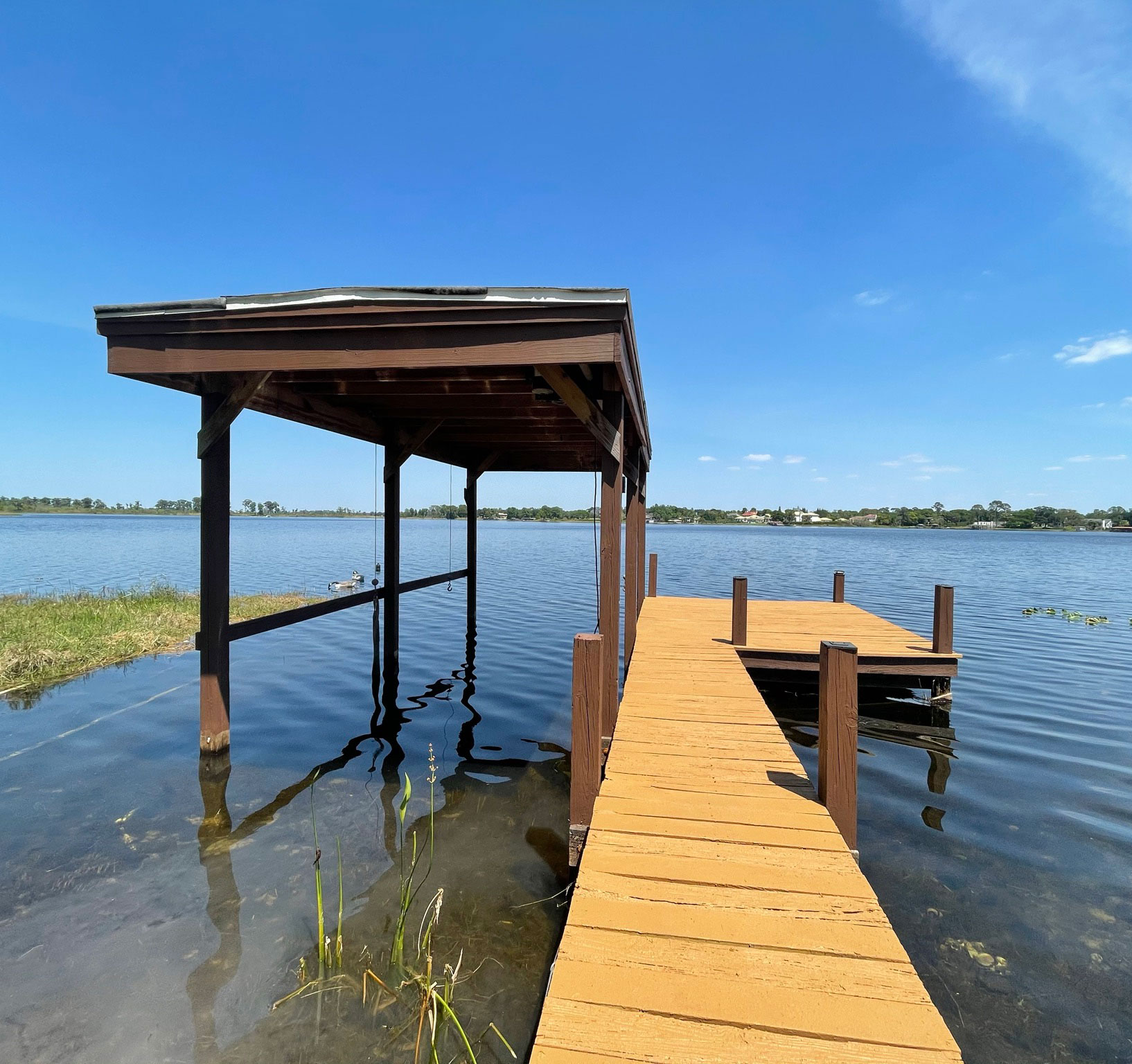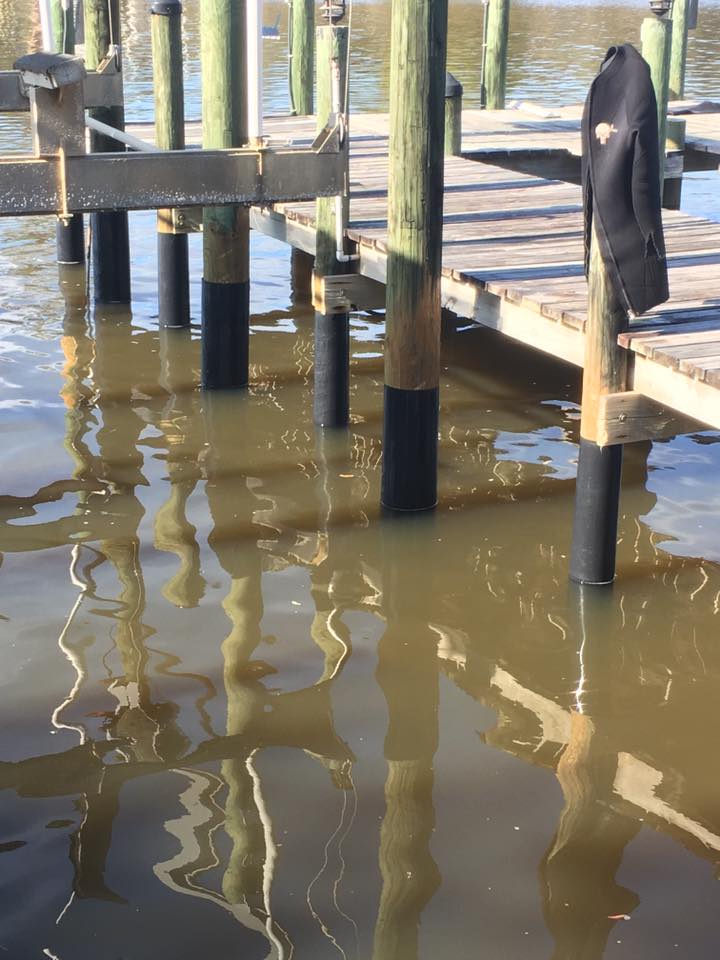Expert Insights on Long-Lasting Dock Repairs Solutions
Expert Insights on Long-Lasting Dock Repairs Solutions
Blog Article
Reliable Dock Repair Techniques: Ensuring Architectural Honesty
Ensuring the architectural honesty of docks with reliable repair strategies is vital for the long life and security of marine centers. Subsequently, choosing the appropriate repair work products, such as corrosion-resistant alloys and composite materials, is essential for longevity.
Assessing Dock Damage
Analyzing dock damage is an important very first action in guaranteeing the structural stability and safety and security of any docking facility. This preliminary analysis involves a thorough evaluation to determine both noticeable and surprise damages. Key elements to take a look at include the dock's structure, pilings, outdoor decking, and equipment. Each component should be inspected for indicators of wear, rot, corrosion, or other kinds of degradation that could jeopardize the structural honesty.
Structural engineers or qualified assessors usually do these assessments utilizing specialized strategies and tools. For instance, underwater examinations may utilize finder equipment or from another location operated cars (ROVs) to spot immersed damage. Above water, aesthetic examinations are complemented by utilizing wetness meters and various other analysis devices to uncover underlying concerns not instantly visible to the nude eye.

Finding Repair Products
Choosing the appropriate repair work products is a pivotal action in the dock reconstruction process, one that straight influences the durability and performance of the fixed framework. Material selection should be driven by elements such as ecological problems, load-bearing requirements, and compatibility with existing dock components. Timber is a traditional option for anchors due to its all-natural strength and aesthetic appeal. Nevertheless, selecting the ideal kind of timber, such as pressure-treated lumber or naturally rot-resistant species like cedar or teak wood, is crucial to withstand marine settings.
Along with timber, composite materials are significantly prominent as a result of their longevity and reduced maintenance needs. Composites, normally made from a blend of plastic and timber fibers, provide superb resistance to rot, pests, and UV damage. For steel docks, picking corrosion-resistant alloys such as galvanized steel or marine-grade aluminum is important to protect against rust and make certain structural honesty in saline water conditions.
Epoxy resins and marine-grade sealants are indispensable for repairing fractures and securing joints, providing a water resistant obstacle and boosting the dock's overall strength. By thoroughly picking top quality materials, dock repair services can attain long-lasting results, thus securing versus future destruction and making certain safe, reputable usage.
Architectural Support Strategies
Reliable architectural support strategies are important in making sure the stability and longevity of dock repairs. This approach is specifically efficient for docks subjected to heavy lots or extreme environmental problems.
An additional necessary method is the application of fiber-reinforced polymers (FRP) These materials offer high strength-to-weight proportions and excellent resistance to corrosion, making them excellent for enhancing wooden or Web Site concrete anchors. FRP can be applied in sheets or strips and adhered with epoxy resins to enhance architectural integrity.
Supporting and anchoring systems also play an essential role in architectural reinforcement. Cross-bracing, making use of metal or wood light beams, can combat lateral pressures, minimizing swaying and movement. Securing systems, such as helical piers or driven piles, give a steady structure by transferring lots to deeper, much more secure soil layers.
Finally, the assimilation of load-distribution plates can aid disperse weight a lot more evenly across the dock's surface area, minimizing localized anxiety points. These methods jointly guarantee that anchors continue to be robust and secure, efficient in standing up to the roughness of their operational atmosphere.
Advanced Fixing Methods

Another advanced strategy entails undersea welding, which enables repair services to be performed without the requirement to dewater the area. This technique is especially beneficial for attending to architectural problems in submerged dock components, ensuring marginal disruption to procedures. Boosted welding methods, combined with robotic systems, supply accuracy and dependability, thus prolonging the lifespan of the dock.
Furthermore, cathodic security systems are applied to avoid deterioration in metal dock structures. By using sacrificial anodes or pleased present systems, these techniques properly alleviate the electrochemical processes that bring about product wear and tear.
Lastly, progressed tracking modern technologies, such as architectural health surveillance (SHM) systems, supply real-time data on the problem of dock structures. These systems make it possible for positive upkeep and timely treatments, eventually ensuring the long-lasting structural stability of the dock.
Maintenance and Avoidance
Maintenance and avoidance are fundamental principles that underpin the longevity and safety and security of dock structures. Normal inspections are vital, allowing for very early detection of wear and tear, potential weak points, and environmental effects. An aggressive technique, entailing routine look for corrosion, rot, and structural changes, reduces pricey repairs and lengthens the dock's operational life.
Precautionary actions should include using safety finishes to steel components to defend against rust and utilizing treated timber to withstand degeneration. In addition, guaranteeing proper water drainage and ventilation can helpful resources avoid water build-up, which is an usual root cause of structural destruction. Including quality materials and sticking to manufacturer standards during construction and repair phases likewise play vital roles in improving toughness.

Educating employees in dock upkeep finest practices guarantees consistent application of preventative procedures. Leveraging technological advances, such as drones for examinations and sensing units for real-time tracking, can further boost maintenance efforts. By prioritizing upkeep and prevention, dock owners can make certain structural integrity, functional safety, and cost-effective monitoring over visite site the dock's life expectancy.
Conclusion
In verdict, maintaining the architectural stability of aquatic facilities demands detailed dock repair work strategies. Extensive inspections utilizing advanced devices discover both noticeable and concealed problems, while the selection of proper repair work products improves durability. Carrying out architectural reinforcement approaches addresses tension factors effectively. Advanced repair work strategies, coupled with routine upkeep practices, make sure the dock remains functional and secure under diverse environmental problems. Adopting these approaches substantially lengthens the lifespan and functionality of aquatic infrastructure.
Guaranteeing the structural stability of anchors via reliable repair techniques is critical for the durability and security of marine facilities.Choosing the proper fixing materials is a pivotal action in the dock restoration procedure, one that straight affects the durability and efficiency of the fixed structure.Efficient architectural support methods are crucial in making certain the stability and longevity of dock fixings. By focusing on upkeep and avoidance, dock proprietors can ensure architectural honesty, operational safety, and cost-effective monitoring over the dock's life-span.
In final thought, maintaining the architectural stability of marine centers demands detailed dock repair work techniques.
Report this page